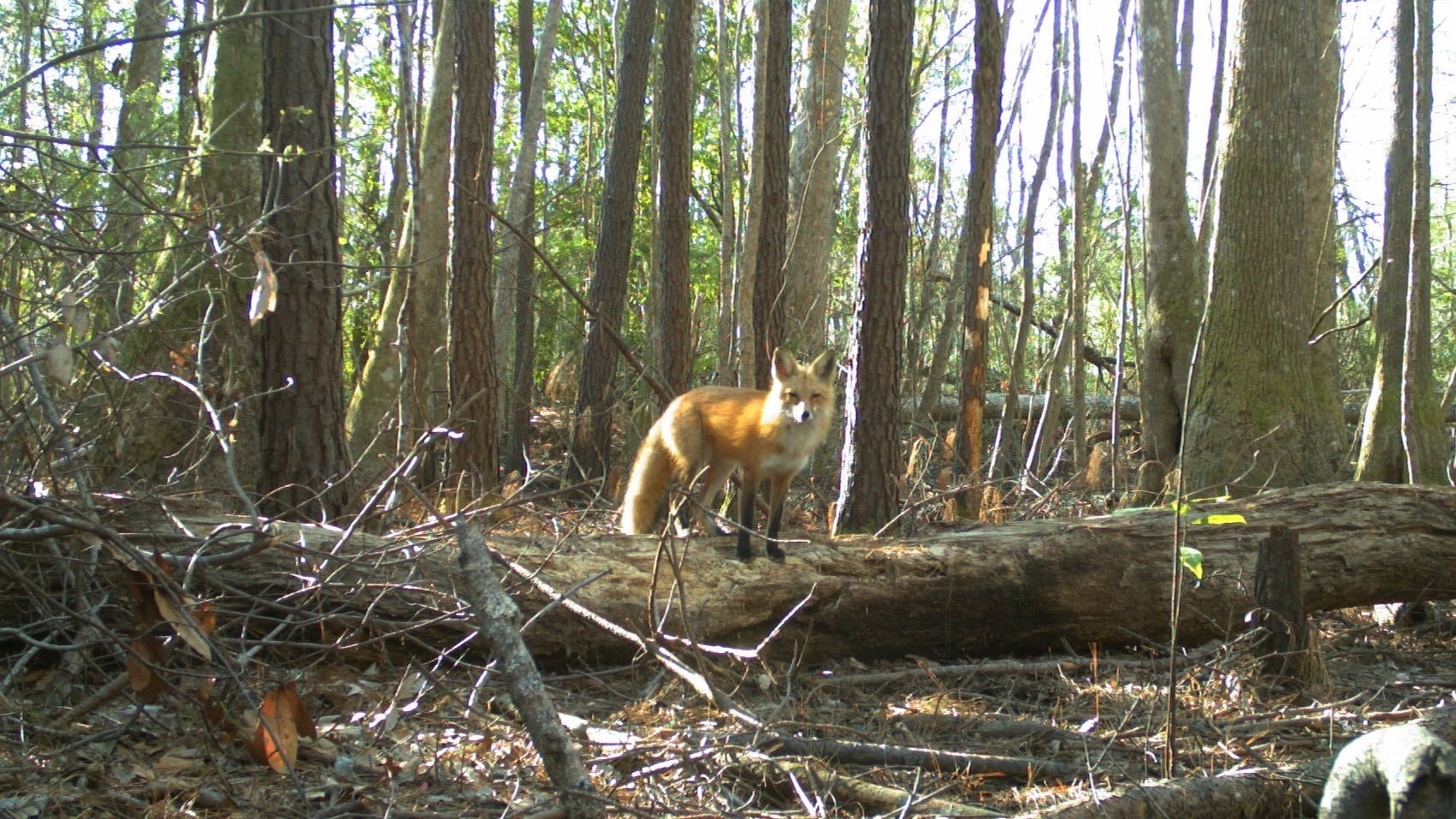How Linked Data, Artificial Intelligence Could Help Animals

Dating apps are making predictions about who you’ll fall in love with while marketers are using your online data to predict what you’ll want to buy. As technology has transformed how people work, shop and date, ecologists are asking: How can we use these same tools to help animals other than humans?
In a new paper in Trends in Ecology and Evolution, two researchers suggest artificial intelligence and the growing body of information online, which they call the “internet of animals,” could empower scientists to make real-time predictions about the future of species amid climate change, diseases and more.
“We’re very good at predicting human behavior,” said Roland Kays, research professor in forestry and environmental resources at North Carolina State University and head of the Biodiversity Research Lab at the North Carolina Museum of Natural Sciences. “We think we need to use these same technologies to predict animal behavior in order to manage our impacts on them. That’s what the internet of animals needs to do more of – make predictions.”
The Abstract spoke to Kays, who co-authored the review paper with Martin Wikelski, an ornithologist at the Max Planck Institute of Animal Behavior in Germany, about what the internet of animals is used for now, and what the future could look like.
TA: What is the “internet of animals?”
Kays: The internet of animals is all of humanity’s knowledge about animals coming together online in real-time into large databases that are linked together and to AI. We’re trying to do that in a way that helps conservation, so animals and humans can live better on the planet together.
TA: What kind of information makes up the internet of animals?
Kays: Right now, the largest sources of information online about animals are databases of spatial information showing where and when species are found. We have museum collections, citizen science observations collected through websites like iNaturalist and animal tracking data in a database I help run called Movebank. But then we have other kinds of information as well: records of zoonotic diseases; databases of veterinary records; and lists of the conservation status of species around the world. People are also creating new databases about different animal traits, like body size, brain size and home range.
These databases are now online and are increasingly being connected with each other. That’s what we’re calling the internet of animals – all of these different databases that have a connection between them, and some analysis engine to combine them into actionable information.
TA: What are some of the challenges for scientists in using this data?
Kays: One of the challenges is data fusion. How do you fit different types of data together to learn about how animal populations are doing?
TA: What is the role of artificial intelligence?
Kays: I like the analogy of AI being the oil in the gears. It makes everything run more smoothly. When you deal with massive data sets, you can’t necessarily have a person look at everything. You’ve got to have some automated processes to speed things along. The big advantage of AI is that it’s making analysis more efficient.
Right now artificial intelligence is helping identify plant and animal species in pictures. iNaturalist has trained its algorithms to identify plants and animals. We’re working with Google to use AI to help with animal identification in camera trapping pictures on Wildlife Insights. There’s the example of BirdCast, which uses multiple data sources every day to forecast when birds are migrating overhead. Cities are starting to turn out the lights to protect those birds during that part of the year.
TA: How could the internet of animals help animals?
Kays: Some of the best examples now are “real-time conservation action” projects that are making predictions so we can turn off the lights when migratory birds are coming through a city or certain area, like with BirdCast, or warning ships so they don’t run into whales through a project in California called Whale Safe. Those are examples of what we can do now, but I think we’re just getting started.
What scientists are interested in is looking at where animals will be able to survive in the future with climate change. You could use these predictions to make sure animals can find new habitat, or do we need to do an emergency translocation and move them? We could also use information collected on the behavior of the animal to tell rangers where the poachers are.
TA: What are some ways ecologists could use technology in the future?
Kays: What if we used linked data to monitor diseases across wild and domestic animals? What if we had birds flying with sensors to contribute to weather models?
In terms of population monitoring, one thing I think we could do is monitor animals or insects with security or doorbell cameras and car sensors. Cars could be identifying and counting deer by the road, and warning you and other drivers.
There’s so much information being collected about animals today – on purpose or by accident. We need an efficient, AI-powered internet of animals to help make sense of it, and use it for conservation.
- Categories: